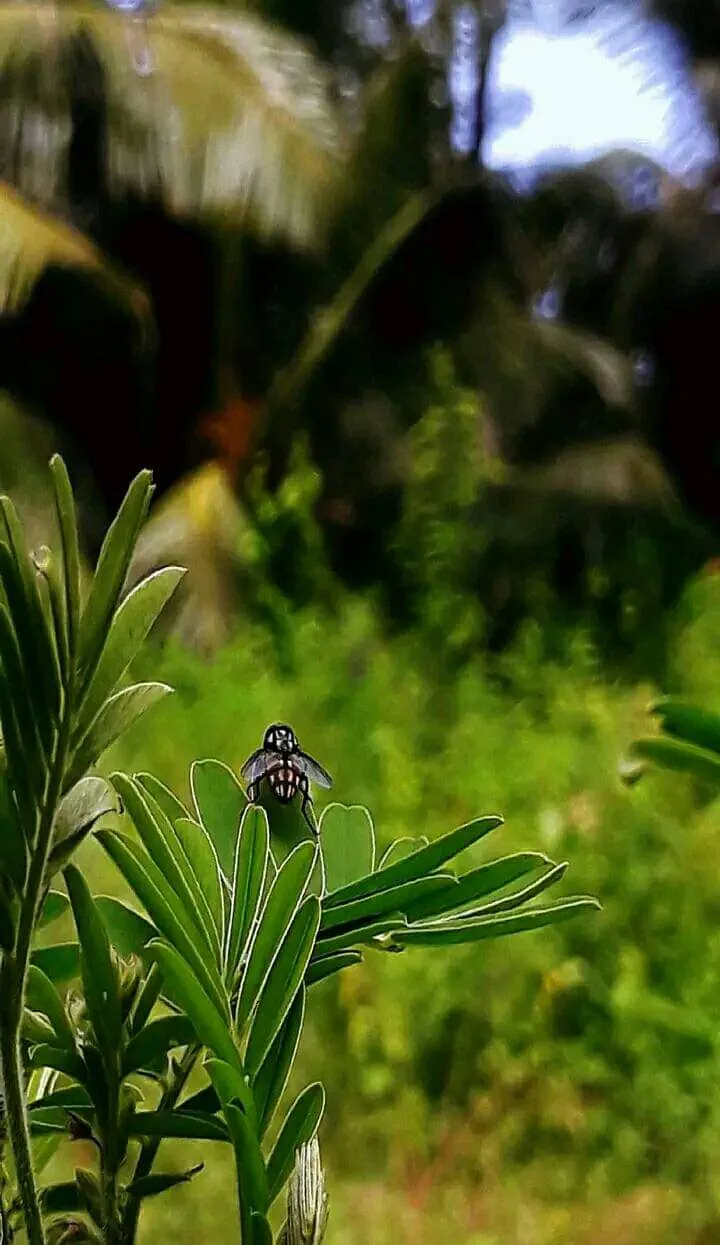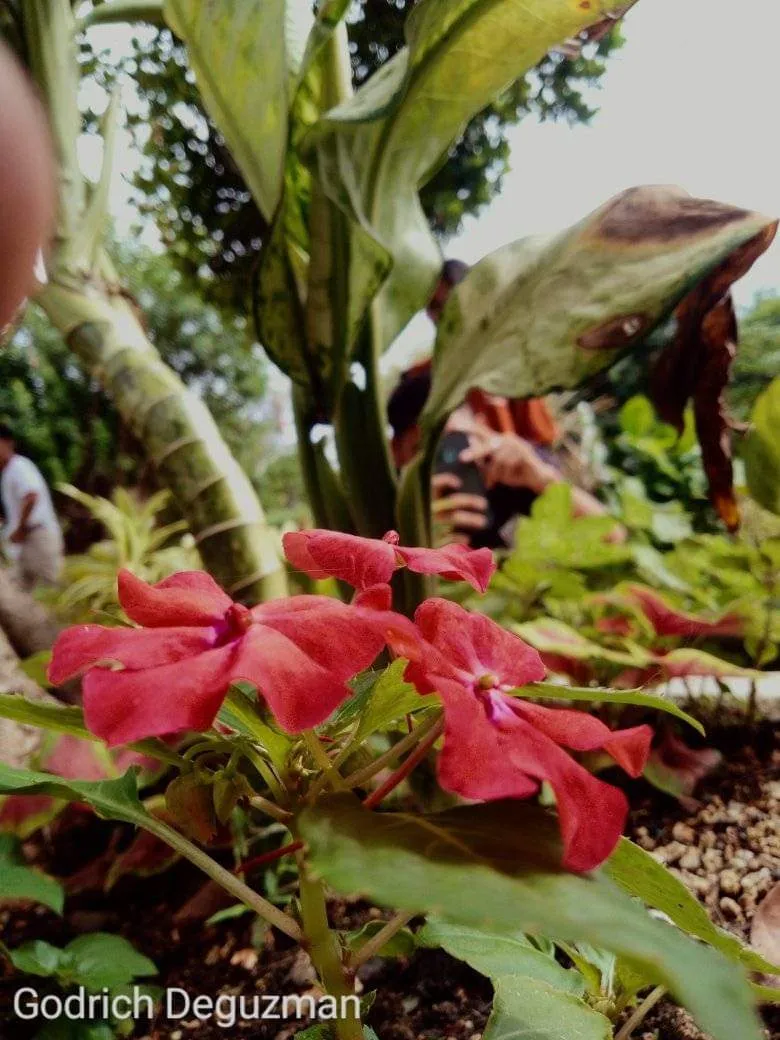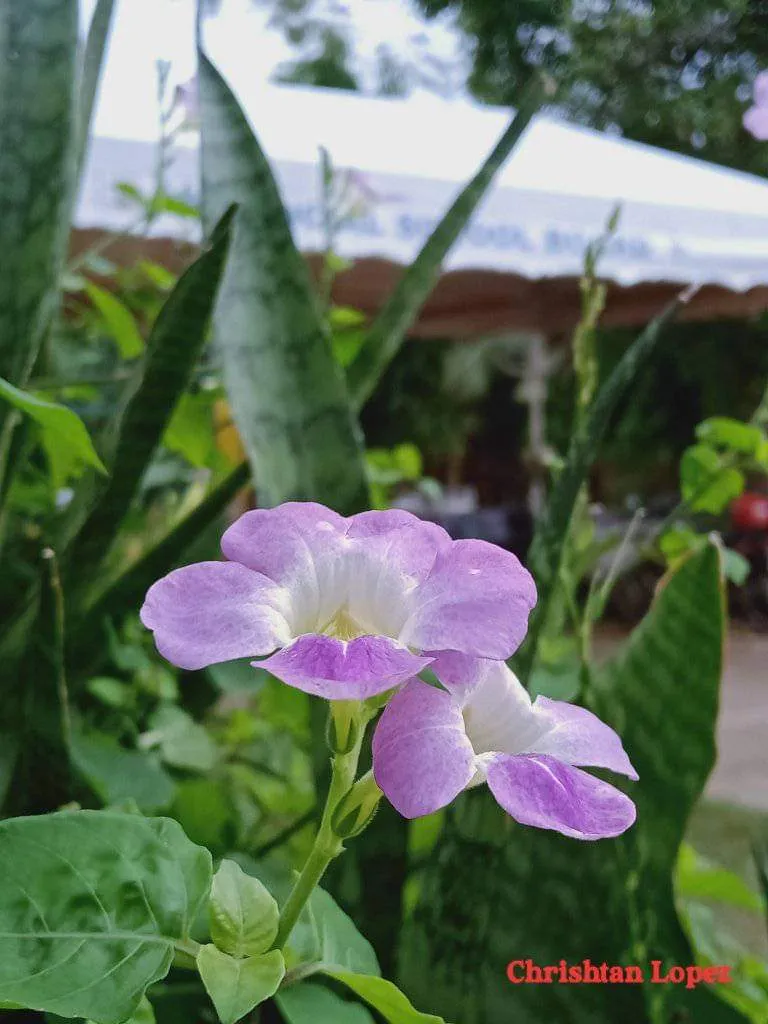Nature photography is a wide range of photography taken outdoors and devoted to displaying natural elements such as landscapes, wildlife, plants, and close-ups of natural scenes and textures.
Although my students are not particularly skilled photographers, their aggressive pursuit of photos aids in their development over time.
As an enthusiast of the nature and travel, I will continue to use my job as a habit to learn about nature. There are undoubtedly numerous aspects of teaching that incorporate nature. They should value nature as part of their development.


With regards to my topic of digital photography to my grade 10 students, I want them to practice of taking and keeping photographic images utilizing digital technology as opposed to conventional film photography. I merely let them to record anything was seen around the school on their cellphones. They became very thrilled and diverted their attention from their bewilderment to numerous other things in order to capture different perspectives of nature.
An image is taken with a digital camera and saved as a digital file on a memory card or another storage device in digital photography. For reading, editing, and sharing purposes, the digital file can then be moved to a computer or other device.






The advantages of planting plants can be a crucial part of students engage with plants and nature. In addition to creating an attractive environment for students to live in, planting flowering plants on school grounds also creates an educational setting that gives teachers the chance to teach a variety of subjects and raises students' environmental consciousness.

Along with increasing attention and excitement for studying, environmental education can improve student performance. Students' knowledge of the environment is raised via the optional environmental education lessons. To assess the level of satisfaction and attitudes of students their engagement with planting in general,